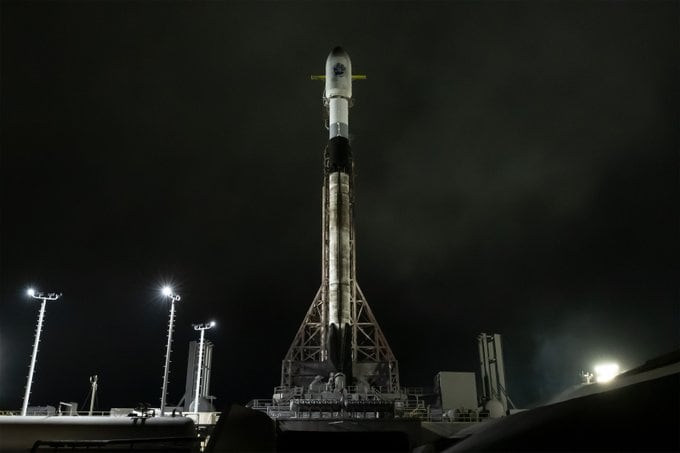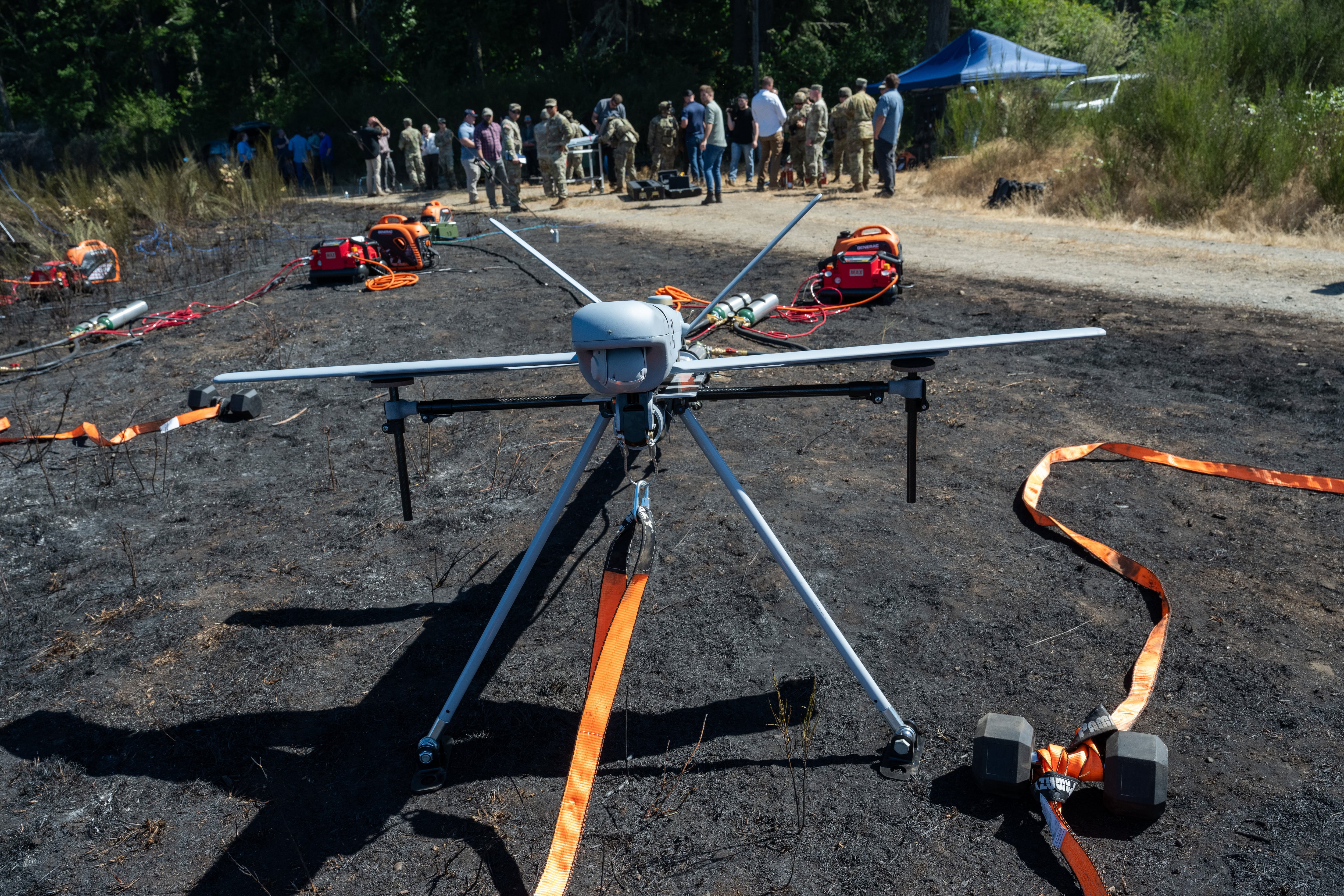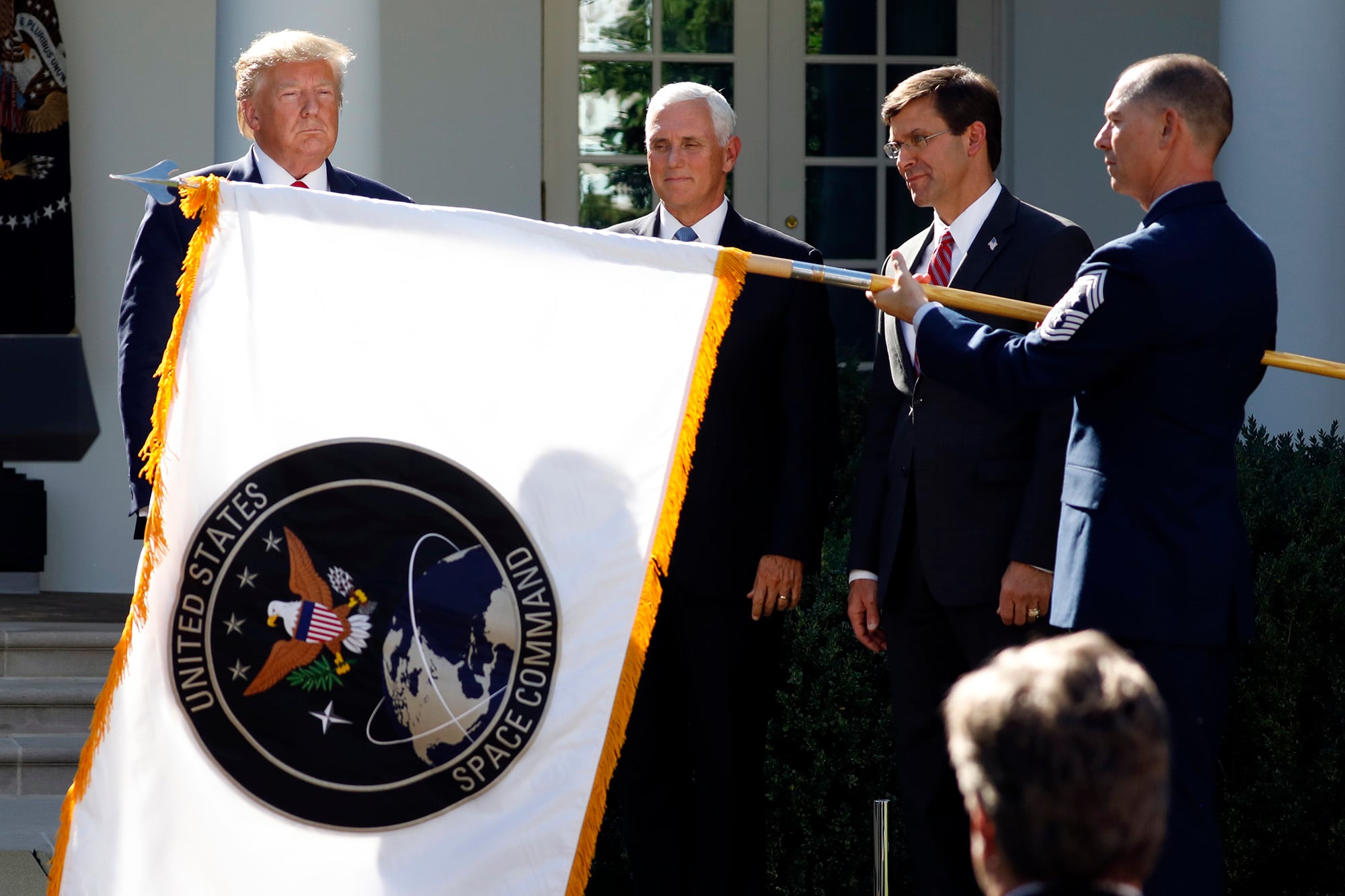The pieces needed to make the Army's Network Modernization strategy a reality are coming into place: WIN-T INC2 just received its Full Rate Production decision from OSD AT&L, the Mid-tier Network Vehicular Radio (MNVR) just completed its Limited Users Test with every indication that it was successful and the IDIQ contracts were awarded to two vendors to provide the Rifleman Radio. The only piece that is missing is the HMS Manpack—the Army's mounted & dismounted two channel radio.
The Army and industry have worked hard to get the Handheld, Manpack and Small Form Factor (HMS) Manpack to where it is—ready for procurement. All of the essential elements needed for program success are ready. The sooner the Army proceeds, the closer warfighters will be to using radios that provide game-changing battlefield communications capabilities.
Let's take stock of where things stand.
The radios work! And they are exactly what the warfighter needs—smaller, lighter and with advanced mission capabilities. Speaking specifically of the Harris AN/PRC-158 Type 1 Multi-Channel Manpack, the radio provides enhanced narrow and wideband waveforms, enabling the warfighter to simultaneously send and receive high-speed voice and data. The design also reduces cost and operational complexity by enabling integrated MUOS without the need for a separate power amplifier. Other features include embedded routing and cross-banding and an optional module slot for advanced mission capabilities.
The Draft RFP is out! The Army released the Draft RFP for the HMS Manpack on 3 April, 2015. It was an important step involving careful consideration by planners and procurement experts to ensure that the warfighter's tactical communications needs (both current and anticipated) were incorporated.
Competition for the HMS Manpack is robust! Multiple companies can meet the Army's requirements. The acquisition process for the HMS Manpack is in place and serves as a good illustration of the Department of Defense's Better Buying Power in action, demonstrating the powerful benefits of full, open competition—including forward pressure on capabilities and downward pressure on cost. This is exactly what the DoD wanted to achieve, and the winners are the warfighter and the taxpayer.
Procuring the HMS Manpack radios now will give a green light to industry to press forward with additional R&D investments to tackle tough challenges for the Army, such as reducing weight and increasing range even further and extending battery life. Those are the "big rocks," to use a non-technical term, and they require a lot of smart, technical experts to make even incremental progress.
Industry has made progress on weight, range and battery life, and the current thresholds for performance are great improvements over radios currently in the field. Additional progress won't be made by waiting and hoping for promised improvements that are years out because industry is not "all in" on R&D. Worse, if we spend too much time admiring the problem, funding will be shifted away from the program. Move forward on the HMS Manpack acquisition, and you'll see the wheels of industry innovation kick into high gear.
Industry is ready to give the warfighter a whole new world of tactical communications capabilities. The time to make the game-changing potential of the HMS Manpack program a reality is now.
We need to put the final piece in place that will lead to the successful modernization of the Army's Network. Let's get on with it!








